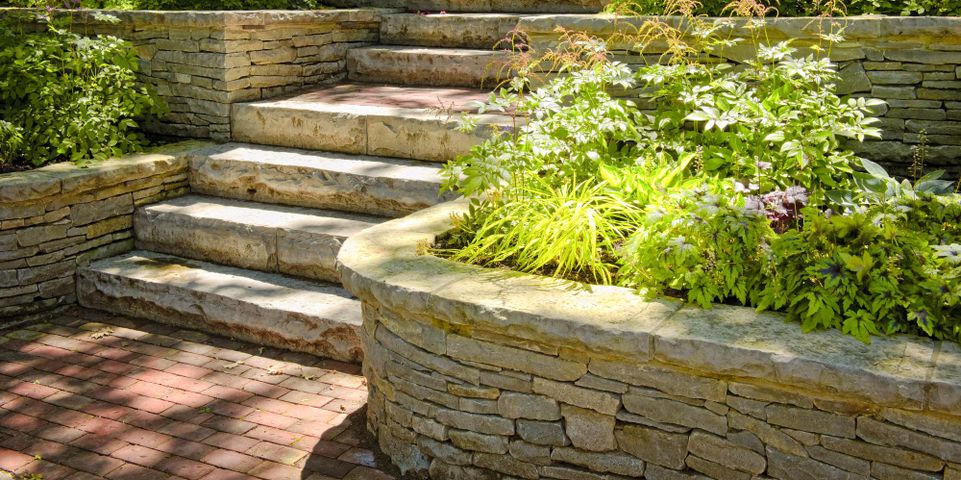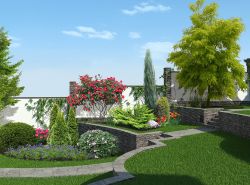
If you live on a grade, or incline, you may find your landscaping options limited. Worse, you may experience soil erosion and drainage problems that may damage your property and home. Many homeowners resolve sloping sites with retaining wall installations. These beautiful, versatile hardscapes provide functional and aesthetic benefits. Find what you need to know about retaining walls in the guide that follows.
Your Guide to Retaining Walls
What Are They?
Retaining walls are used to hold back soil, often at the bottom of an incline. In commercial settings, they can retain tons of soil. In home settings, they can create zones for gardening and also resolve topographical issues.
There are several construction materials to explore. Poured concrete walls reinforced with steel are capable of holding back large amounts of soil. Retaining walls can be built of textured concrete pavers, too. Pavers come in an array of colors. You can match your home’s stonework or create a mosaic with pavers.
 You can also choose natural stone for constructing a wall—slate, for example. Wood walls are best for light applications. They’re weaker than stone and concrete and have a shorter life span. Walls that are over four feet tall usually require a permit.
You can also choose natural stone for constructing a wall—slate, for example. Wood walls are best for light applications. They’re weaker than stone and concrete and have a shorter life span. Walls that are over four feet tall usually require a permit.
What Do They Do?
On a functional level, retaining wall installation cuts down on erosion and water runoff, making it easier to plant flowers, shrubs, and other foliage without concerns about soil degradation. You can also use them, after leveling slight grades, to build a patio, deck, or a pool.
If you’re interested in retaining wall installation, contact Darryl Myers Brick. This Independence, KY, brick-and-stone contractor offers a wide range of residential and commercial services. They will design and construct landscape walls, repair brick chimneys, and seal your hardscapes. Visit their website to learn about their custom stone installation services, or call (859) 743-3850 to speak with a representative.
About the Business
Have a question? Ask the experts!
Send your question

